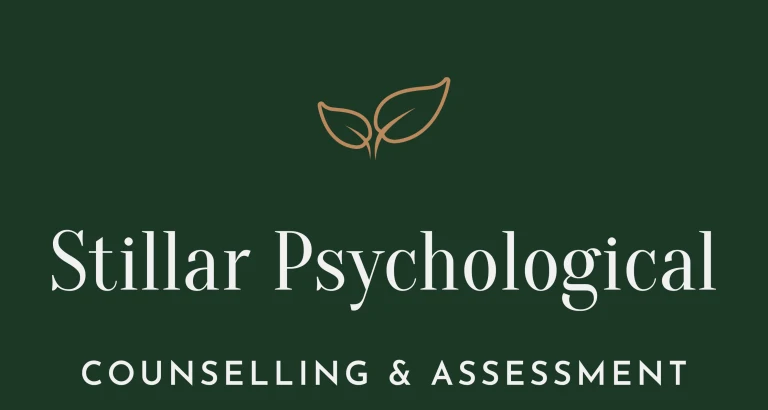Parenting Tools For Parents & Caregivers
Fostering healthy child development is a daunting and challenging task. It is certainly not uncommon for parents and caregivers to feel scared, powerless, or unsure at times. Due to the attachment between the parent and child, known as the parent-child bond, parents and caregivers have a tremendous capacity to instil healthy emotional and behavioural regulation skills in their child. This page is designed to offer parents and caregivers support and guidance in the form of information and practical tools aimed to help parents support the healthy emotional and behavioural development of their child, regardless of their child’s age.
From emotion coaching to behavior coaching lies a common theme of validation. Due to our social norms, parents and caregivers often feel the urge or obligation to shut down any “inappropriate” behavior or expression of emotion, especially in a public place. When that occurs we miss the opportunity to teach a child how to swim through the intense waters of emotion and develop healthy and pro-social behaviours to cope with emotion. Through validation we can convey a sense of attunement – communicating “I hear you and I see you.” This is innately regulating. By validating we also communicate that we understand them and their unique emotions. It is in this understanding that we help alleviate potential symptoms of distress, inappropriate behaviour and promote healthy regulation and relationship building. Here, we provide some information and useful tools to help parents and caregivers better support those they care about.

Validation
The struggle to deal with emotional outbursts in children and youth is one that is related to by many. However, at the center of every emotional experience lies the opportunity for parents and caregivers to guide their loved ones towards healthy emotion management. Here is where validation is useful. It bridges the gap between you and your loved one and allows you to join them in their space, which can automatically provide great emotional relief. When a child knows that their voice is heard and their emotional experience is understood and normal, their emotions begin to down-regulate (decrease). For validation to be effective it must precede practical solutions. Imagine the analogy, you have to open a door before you can walk through it.

Validation helps to open the door so that the child can walk through to the space of solutions and problem-solving ideas. Often, parents and caregivers see their child in painful emotional states and immediately jump to trying to alleviate this through solutions and ideas for problem-solving. Unfortunately, this leaves the child feeling unheard and misunderstood, which actually exacerbates their painful experience.
As important as validation is, it is not easy. The world in which we live frowns upon emotional outbursts and shames parents when they are not able to “control” their child. However, this is an outdated mentality from the past before we knew and understood emotions like we do today. We now know that emotions are not meant to be suppressed and when they are mental health issues often develop. Therefore, the need is to learn to how to regulate and express them appropriately. This is a job best taken on by a parent or caregiver, due to the power they harness via their emotional bond with the child.
Emotions help us understand ourselves and those around us. When we encourage or even demand that a child shut down their expression of emotion, we rob them of the opportunity to learn to be in the world in an organized and healthy way. With the skills presented on this page, parents and caregivers can begin to work with their loved ones emotions to help them develop appropriately channels to regulate and communicate about their emotions.


Free Resources

Who are super-feelers?
Who are super-feelers and what makes a super-feeler?

Behavior Coaching
Learn more about the basic steps to behavior coaching.

Emotion Coaching
Learn more about the basic steps to emotion coaching.

Validating Anger
Anger can be tricky to work with. Learn more about anger and the validating "cheat sheet".

Validating Silence
It can be frustrating to deal with silence, especially when it is perceived as rudeness. However, it can also be a cry for support. Learn more on how to effectively approach silence.

Who are super-feelers?
Who are super-feelers and what makes a super-feeler?

Behavior Coaching
Learn more about the basic steps to behavior coaching.

Emotion Coaching
Learn more about the basic steps to emotion coaching.

Validating Anger
Anger can be tricky to work with. Learn more about anger and the validating "cheat sheet".

Validating Silence
It can be frustrating to deal with silence, especially when it is perceived as rudeness. However, it can also be a cry for support. Learn more on how to effectively approach silence.
Validation
The struggle to deal with emotional outbursts in children and youth is one that is related to by many. However, at the center of every emotional experience lies the opportunity for parents and caregivers to guide their loved ones towards healthy emotion management. Here is where validation is useful. It bridges the gap between you and your loved one and allows you to join them in their space, which can automatically provide great emotional relief. When a child knows that their voice is heard and their emotional experience is understood and normal, their emotions begin to down-regulate (decrease). For validation to be effective it must precede practical solutions. Image the analogy, you have to open a door before you can walk through it. Validation helps to open the door so that the child can walk through to the space of solutions and problem-solving ideas. Often, parents and caregivers see their child in painful emotional states and immediately jump to trying to alleviate this through solutions and ideas for problem-solving. Unfortunately, this leaves the child feeling unheard and misunderstood, which actually exacerbates their painful experience.
As important as validation is, it is not easy. The world in which we live frowns upon emotional outbursts and shames parents when they are not able to “control” their child. However, this is an outdated mentality from the past before we knew and understood emotions like we do today. We now know that emotions are not meant to be suppressed and when they are mental health issues often develop. Therefore, the need is to learn to how to regulate and express them appropriately. This is a job best taken on by a parent or caregiver, due to the power they harness via their emotional bond with the child.
Emotions help us understand ourselves and those around us. When we encourage or even demand that a child shut down their expression of emotion, we rob them of the opportunity to learn to be in the world in an organized and healthy way. With the skills presented on this page, parents and caregivers can begin to work with their loved ones emotions to help them develop appropriately channels to regulate and communicate about their emotions.
Many parents and caregivers tell us that they fear validating their child when they are displaying an outburst, inappropriate behaviour, or intense expression of an emotion, because they worry it may communicate they condone or agree. It is therefore critical to understand that validation does not mean agreement. Validation means, “I understand you and your unique experience and I am here to help you navigate this tricky emotional situation.” This helps the child begin to approach and work through their emotions rather than trying to stuff them down into a bottle, where they will continue to build up, forcing the child to develop an alternative way to cope (e.g. self-harm, substances, over-controlling eating, rage etc).



















